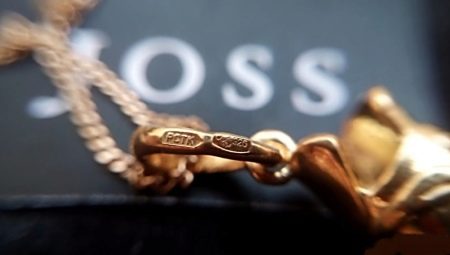A sample is an indicator that is used to assess the presence of gold in a kilogram of an alloy of precious metals. Most often there are products with samples 375, 585 and 750. But sometimes people come across products of 925 samples.
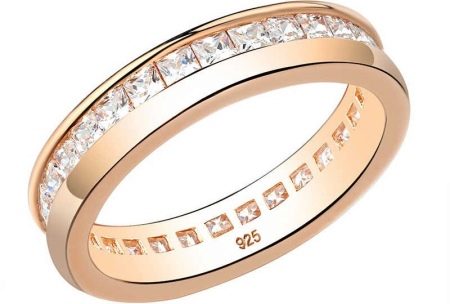
Is there a gold test 925?
In our country, jewelry presented at points of sale should be labeled. Gold samples - 7. Nowadays, many of them are outdated.
The following gold samples are known.
- 375. It is characterized by a precious metal content of 34.5%. The rest is impurities.
- 500. Half of the alloy is pure gold. Gold products of this test are very rare these days.
- 583. The alloy contains 58.3% precious metal.
- 585. The share of the precious metal is 58.5%. Most of the jewelry that can be purchased at jewelry stores refers to this sample.
- 750. The alloy composition contains a proportion of gold equal to 75%. This test is widespread among jewelry and unique jewelry.
- 958. Contains 95.8% precious metal. A certain amount of jewelry made of similar gold was produced in past centuries.
- 999. It is an alloy of pure gold, without impurities. It is very soft and is not used for making jewelry.
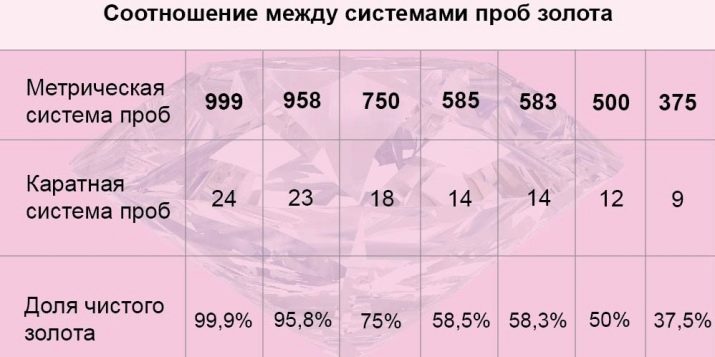
From the foregoing, it is clear that 952 samples do not exist.
According to established standards, 925 silver items include silver and gilding. There are no gold objects corresponding to such a test in our country.
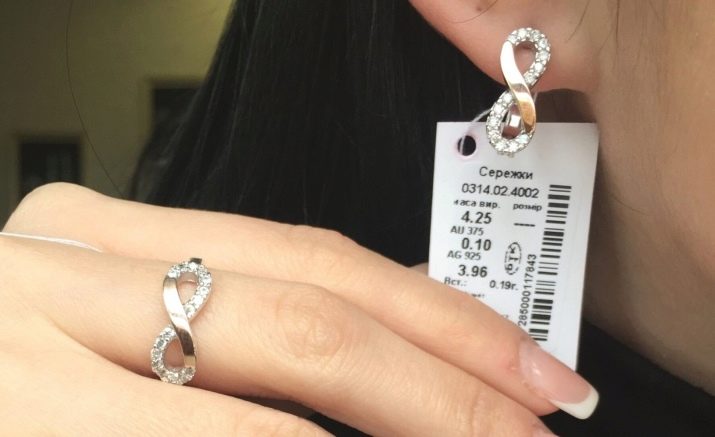
What does it mean?
925 test means the presence of 92.5% precious metal in the alloy. Products are marked with this breakdown, according to GOST. Adhering to existing rules, when the mass of the product is less than 3 g, the manufacturer does not test it in the state chamber.Here you should put a stamp and indicate the number 925 inside.

Silver 925 is considered the highest quality. Along with gold, Ag is not used to create jewelry in its pure form, because the metal itself is ductile and does not last long. Therefore, in order to increase the density of the metal, a ligature is added to it, that is, impurities of metals such as Ge, Zn, Br, Si, Pt.
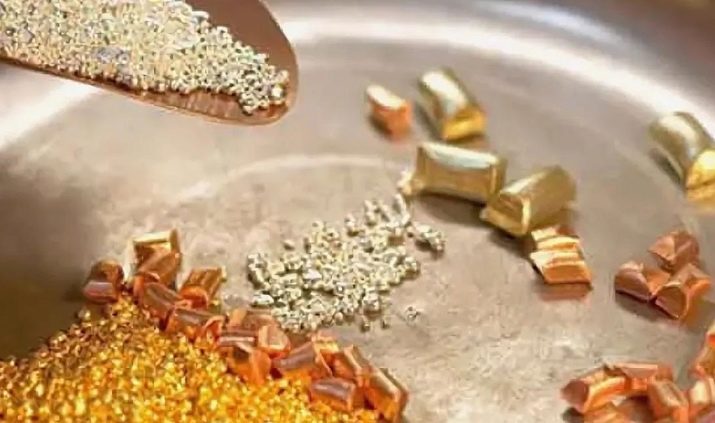
Interesting thing is that these materials in combination with silver give unique colors and can affect the ability of silver to oxidize. Jewelry made of silver 925 is very elegant, which enhances their popularity. Fine Ag blends well with gold, which is why in most cases jewelry is a harmonious combination of these metals.
925 sterling silver is often called sterling, because in England sterling was made from this material.
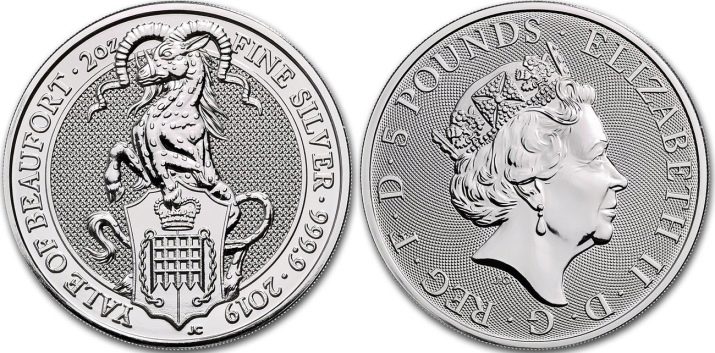
Jewelry salons in most cases offer a large assortment of gilded products made of 925 sterling silver. Gold such products are plated. A simple person in appearance does not distinguish it from real gold.
The popularity of silverware is determined by the following factors:
- they look golden;
- they have a lower price per gram.
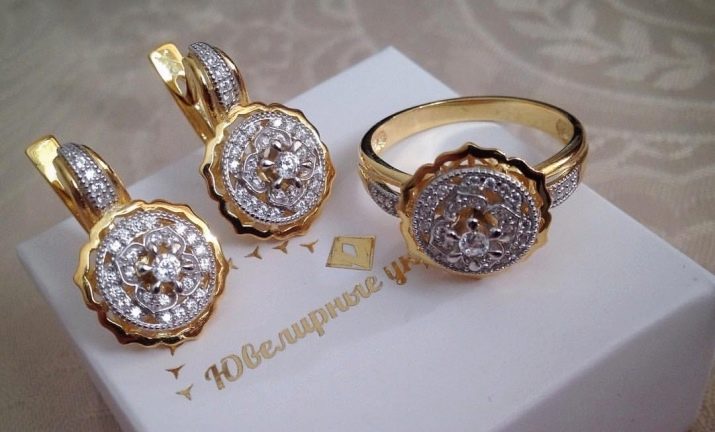
High-grade silver goes well with precious stones: diamonds, topazes and others.
Items made of silver look with particular elegance and grace. Test metal 925 is used for the manufacture of cutlery, for example, spoons. The disadvantage of silver is its low estimated price when handing over to a pawnshop.

How to distinguish silver from white gold?
Visually distinguishing between silver and white gold is difficult. It is only possible after carefully studying the labeling. New items from both silver and gold may look identical due to the final radium coverage. The metal surface is treated last to make the shine stronger and to prevent darkening.
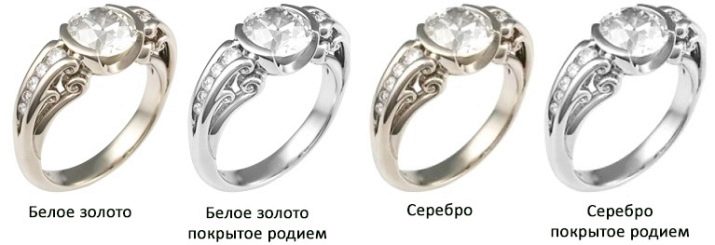
If there is no marking, the authenticity of the metal can be confirmed at a pawnshop or jewelry workshop, where a specialist will analyze using the following elements.
Reagents
In this case, the product is slightly filed so that the cut is fresh and it is possible to apply a reagent to it. If gold is checked, then there should not be any reaction, if it was, then the product is made of metal that does not correspond to the specified sample. When silver is checked, then a red-brown color should appear at the cut point, in the absence of which it can be judged that the metal being tested does not apply to silver.
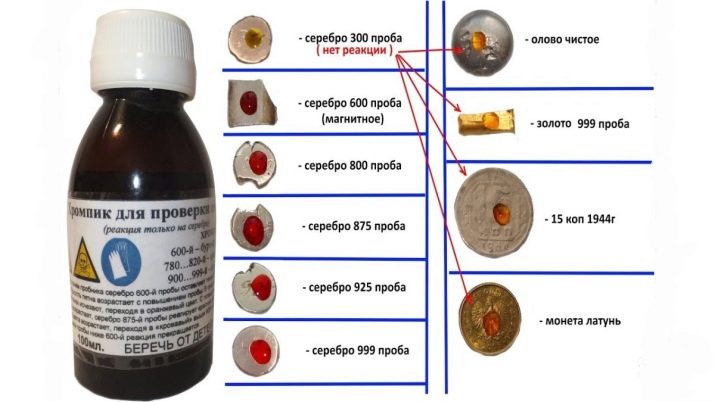
Assay stone
Using some types of stones, alloys of precious metals are tested. Objects rub on a test stone. If the trace obtained as a result of this does not fit the current standards, this means that the proportion of precious metal in the alloy is much lower than the declared one.

Electronic meter
Most jewelry workshops, retail outlets or buying out are equipped with devices that allow you to establish the exact proportion of precious metals in the alloy.
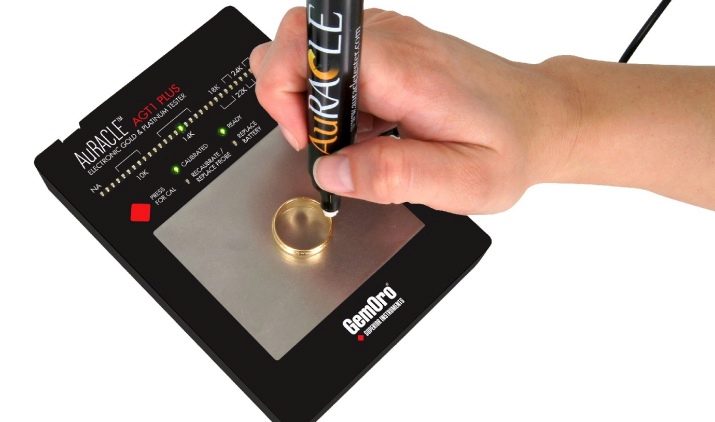
In an apartment you can check in the following ways.
- Using paper. Decoration draw a line on a piece of paper. After gold there will be nothing left, and after silver, even high-grade, a dark line will remain.
- With the help of acid. 15 g of vinegar mixed with 250 ml of water, mix well. Dip the item in the mixture to be checked. When silver is immersed, the water will darken, and the product itself will undergo oxidation. Gold is not afraid of acid and will not give any reaction.
- On the product, you can draw a strip with iodine.. No traces will be imprinted on gold. In the case of silver, the product will be painted.
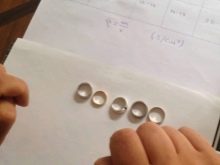

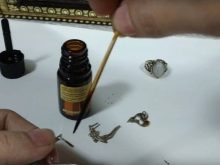
925 alloy corresponds to an alloy, the structure of which includes several elements that add color and strength to the precious metal. Objects made of precious 925 silver are 92.5% silver, the remaining proportion is copper. It is added in order to give the metal strength. Due to the presence of impurities, even gold becomes white and becomes similar to silver.

Previously, the alloy included nickel, which caused negative reactions on the skin, which manifest as dermatitis. Since the beginning of the new century, nickel has not been used in alloys.
925 sterling silver is very durable and well processed. On products made from such a metal, no scratches remain.
Silver jewelry is not deformed. The recesses for the stone in white alloys are created so that the paws that hold the stone do not weaken and the pebbles do not fall out.
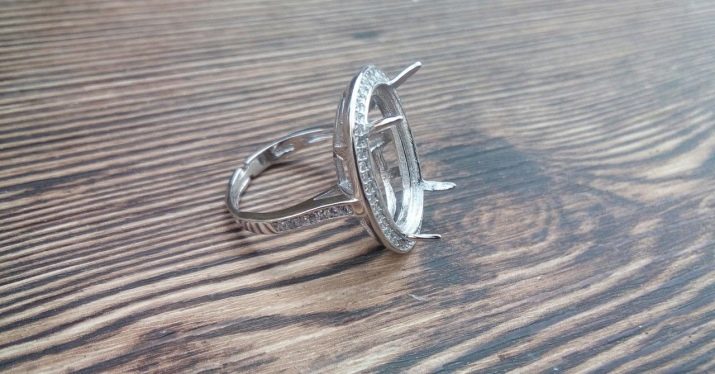
The manufacturer stamps the material at the last level of creation, after which the metal is sent to the assay chamber, where its properties and the fraction of the concentration of silver in its pure form are evaluated. If the percentage of concentration complies with current standards, a sample is applied.
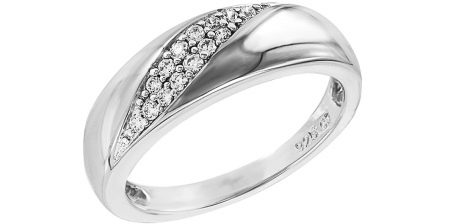
Pure silver is a heavy metal of white color, which has excellent reflectivity - about 95% of the spectrum. Due to this property, silver is widely used in the manufacture of mirrors. The density of silver is 10.5 g / cm3, which is almost two times lower than the density of gold, but higher than copper and iron.

The main properties of silver include:
- the presence of high thermal conductivity among all metals;
- good electrical conductivity;
- melting point is the lowest of all precious metals.
Since the alloy is quite durable, elements of watches and jewelry are made from it.
The price of jewelry depends on the presence of precious stones, the complexity of execution, design.
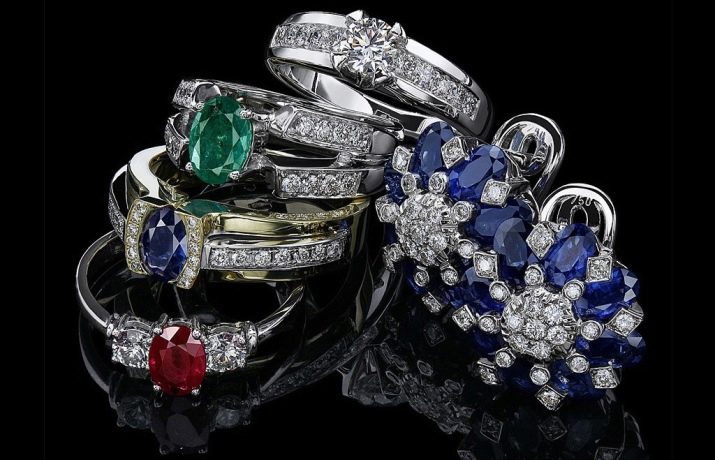
In order for silver products to serve for a long time, the rules related to care and cleaning should be observed.
- Cleaned monthly. You can use the services of a workshop where, using ultrasound, they will clean the product inside and out, clean the stones.
- Store in a dry place.
- Do not wear jewelry before handling water.
- Do not allow perfume on stones and the product itself.
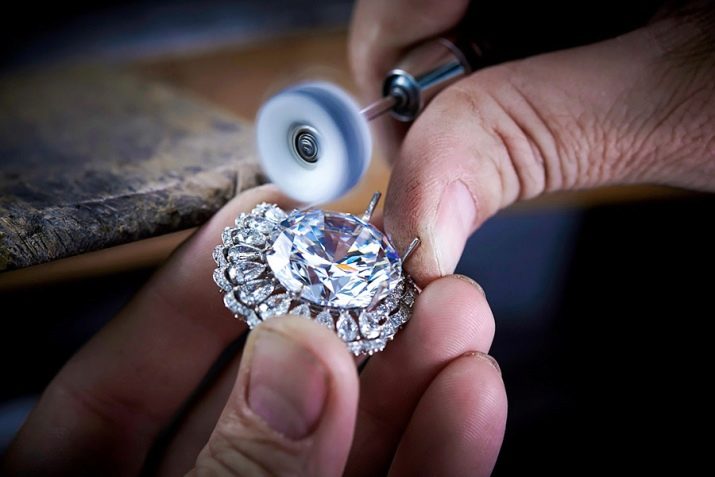
Jewelry Tips
When choosing jewelry, attention should be paid to labeling. Any item made using precious metals has the manufacturer’s tags, where the method of communication is indicated, and the store’s price tag must also be available.
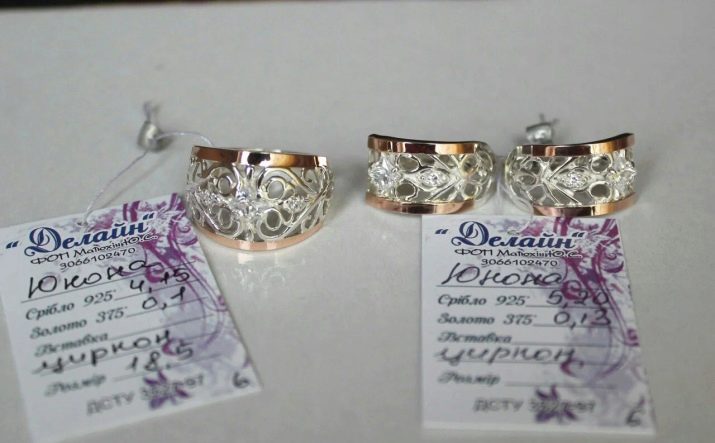
There should be no stitching elements in the decoration design. It is better to choose a product that is comfortable and light. Care must be taken to ensure that the stone or stone path is not raised too high.
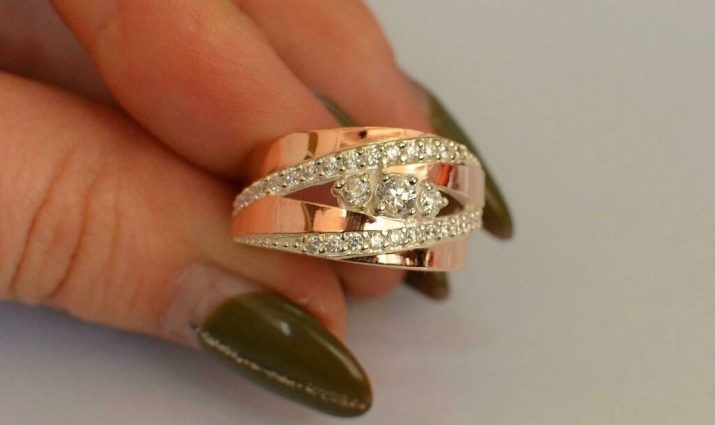
When buying jewelry with a diamond that is larger than 0.4 cm in diameter, you should check is there a certificate for it.
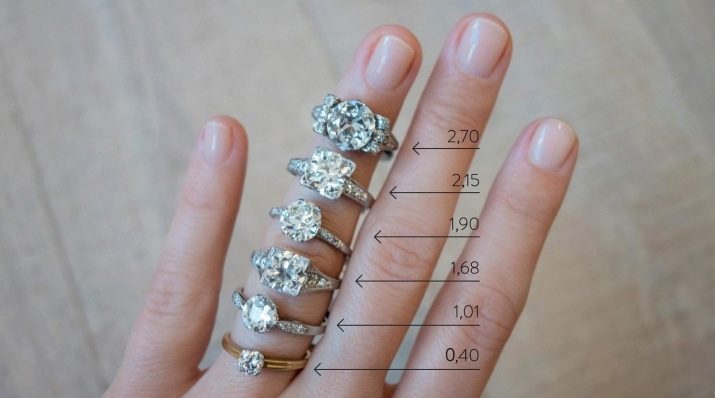
See even more interesting information about the 925 sample in the next video.
